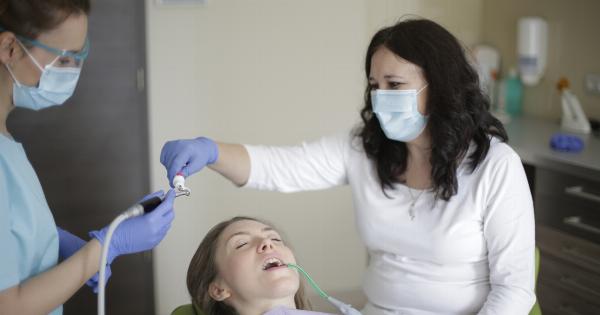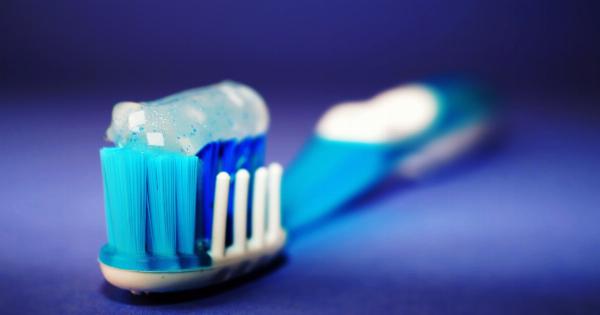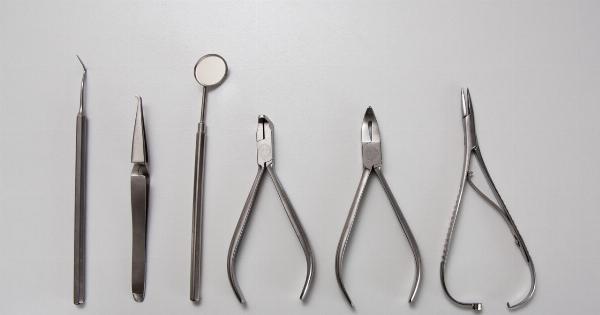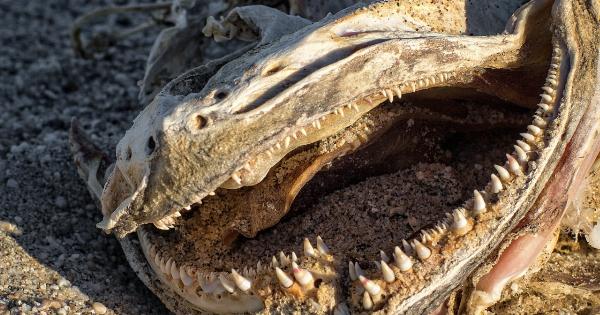Oral health is an essential part of overall well-being, and maintaining good dental hygiene is crucial for people of all ages.
As parents, we naturally want to do everything possible to protect our children’s teeth and ensure they have a healthy smile. One common concern among parents is when and how cavities are passed from mother to child. In this article, we will explore the subject and provide insights on preventing tooth decay in kids.
Understanding the Nature of Cavities
Before discussing the age at which cavities can be transferred from mother to child, it’s important to understand the nature of cavities themselves.
Cavities, also known as dental caries, are caused by a combination of factors, including bacteria, diet, poor oral hygiene, and genetics. The bacteria in the mouth produce acids that break down the tooth enamel, leading to cavities.
Factors Affecting the Transmission of Cavities
The transmission of cavities from a mother to her child can be influenced by several factors:.
Maternal Oral Health
A mother’s oral health plays a significant role in the transfer of cavities to her child.
If a mother has active cavities or untreated tooth decay, the bacteria responsible for cavities can be easily transmitted to her child through behaviors such as sharing utensils, blowing on food, or even kissing.
Establishing Good Habits
It is crucial for mothers to establish good oral hygiene habits and ensure they have regular dental check-ups. By maintaining their oral health, mothers can minimize the risk of transmitting cavities to their children.
Child’s Oral Health
The oral health of the child also plays a significant role in the transmission of cavities.
If a child has poor oral hygiene habits, consumes sugary foods and drinks frequently, or neglects regular dental check-ups, they are at a higher risk of developing cavities.
The Age at Which Cavities can be Transferred
The age at which a mother can start passing on cavities to her child varies. However, it is widely accepted that the risk increases as soon as the child’s first tooth erupts.
This is usually around six months of age, but can vary from child to child.
Preventing Cavities in Children
Preventing cavities in children requires a combination of good oral hygiene practices and a balanced diet. Here are some tips to help protect your child’s dental health:.
1. Start Early
Even before your child’s first tooth erupts, it is important to clean their gums using a soft, damp cloth or infant toothbrush. This helps remove bacteria and establish a good oral hygiene routine.
2. Brush Twice a Day
Once your child’s first tooth appears, begin brushing their teeth twice a day using a child-sized toothbrush and a smear of fluoride toothpaste. Ensure you help them brush until they have the dexterity to do it themselves effectively.
3. Limit Sugar Intake
Sugar is a major culprit when it comes to tooth decay. Limit your child’s consumption of sugary foods and drinks, especially between meals, as snacking increases the time teeth are exposed to sugar and acids.
4. Encourage Healthy Eating Habits
A well-balanced diet rich in fruits, vegetables, whole grains, and lean proteins promotes overall health, including dental health. Encourage your child to eat a variety of foods that support strong teeth and gums.
5. Regular Dental Check-ups
Ensure your child visits the dentist regularly for check-ups and professional cleanings. Regular dental visits help detect and prevent dental issues, including cavities, early on.
6. Fluoride Treatment
Your dentist may recommend fluoride treatment to strengthen your child’s tooth enamel and provide extra protection against cavities. Discuss this option with your dentist to see if it’s suitable for your child.
7. Lead by Example
Children often imitate their parents’ behaviors, so make sure you prioritize your own oral health. Demonstrate good oral hygiene practices and let your child see you brushing and flossing regularly.
8. Teach Proper Brushing and Flossing Techniques
As soon as your child can hold a toothbrush, teach them the proper brushing and flossing techniques. Supervise their brushing until they can do it effectively on their own.
9. Use Sealants
Sealants are a protective coating applied to the chewing surfaces of permanent molars. They act as a barrier against plaque and acids, reducing the risk of cavities. Talk to your child’s dentist about sealants.
10. Stay Informed and Educate Yourself
Oral health practices and recommendations may change over time, so stay informed and adjust your approach accordingly. Continue learning about new research and advances in pediatric dental care.
By following these preventive measures and maintaining good oral hygiene habits, you can significantly reduce the risk of passing cavities from mother to child and promote a lifetime of healthy smiles.



























